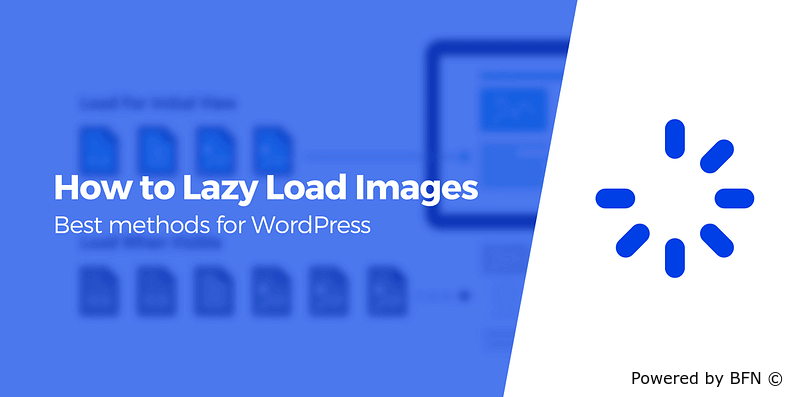🎯What Is Lazy Loading? How It Boosts Web Performance & SEO (2024 Guide)
What Is Lazy Loading? How It Boosts Web Performance & SEO
Lazy loading is one of the easiest ways to improve your website’s performance. It delays loading images and other elements until they are actually needed — when the user scrolls to them. This saves bandwidth, reduces initial page load time, and gives your visitors a faster, smoother experience.

🌀 What Is Lazy Loading?
Lazy loading is a technique where non-critical resources (like images, videos, or iframes) are only loaded when they enter the viewport. This contrasts with traditional “eager” loading, where everything loads up front—even content the user may never see.
⚡ Benefits of Lazy Loading
- Faster Page Load: Only essential content is loaded at first.
- Improved SEO: Google favors fast-loading sites in its ranking algorithm.
- Better UX: Users can interact with your site quicker.
- Bandwidth Saving: Especially important on mobile networks.
🛠️ How to Implement Lazy Loading
You can add lazy loading in several ways:
- Native HTML loading: Add
loading="lazy"to image and iframe tags. - jаvascript libraries: Use tools like lazysizes for more control.
- CMS Plugins: WordPress and others offer one-click solutions.
🔎 Example:
<img src="image.webp" alt="Example Image" loading="lazy">💡 Pro Tip
Combine lazy loading with image optimization (like WebP format or TinyPNG) for maximum speed gains.
✅ Final Thoughts
Lazy loading is a must-have optimization in 2024. It’s easy to implement and offers big wins in speed and SEO. Whether you manage a blog, portfolio, or ecommerce site, lazy loading should be part of your performance toolkit.
Start adding
loading="lazy" to your images today, and check the difference with PageSpeed Insights.